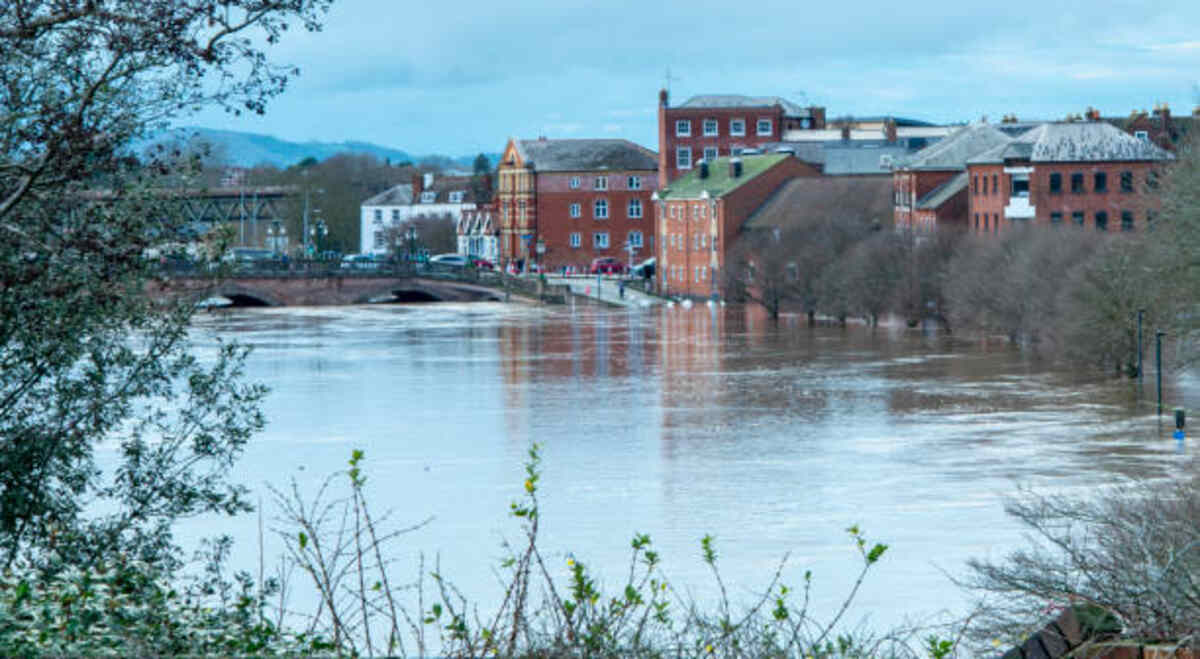Blountstown’s Greenway Trail takes riders from Railroad Park near the Depot Museum into a lush floodplain forest, passing beneath State Route 20 before continuing east past Blountstown’s historic downtown district.
Experience life as it was for early settlers at the Panhandle Pioneer Settlement in Blountstown. Comprised of 18 buildings, including a working farm and general store where visitors can purchase an ice-cold Coke beverage, visitors will indeed get a glimpse into early settler life here.
Apalachicola River Stream Gauge
The Apalachicola River is an essential tributary to the Florida Panhandle, flowing south from the Chattahoochee and Flint Rivers in Georgia to Apalachicola Bay in the Gulf of Mexico. This major waterway drains large portions of north-central Georgia and south-central Florida while traversing floodplain forests, backwater swamps, sloughs, distributaries, and distributaries before emptying into Apalachicola Bay at Apalachicola Bay in Florida. As well as being an economic force, this major river supports local economies related to watersports, tourism, agriculture, and timbering industries, among other activities.
Note it is critical to keep in mind that the Apalachicola River and its tributaries are highly vulnerable to long-term hydrologic change caused by human activities. Numerous studies have quantified these changes, using this data as the foundation of restoration strategies that replicate natural stage and discharge fluctuations within this river system.
The USACE’s navigation “windows,” which require water from reservoirs to be released at specific 10-day periods in summer and fall for boat and barge traffic, have had significant effects on Apalachicola River flows. Studies have demonstrated this reduction.
At these navigation windows, Apalachicola River levels are controlled to prevent flooding and ensure adequate depth for commercial boat traffic. Unfortunately, low flows have also caused higher dissolved oxygen (DO) concentrations, leading to an apparent decline in Gulf Sturgeon abundance based on mark-recapture surveys, side-scan sonar data, and telemetry monitoring data.
Apalachicola River Flow
The Apalachicola River is a major alluvial river on Florida’s coastal plain, beginning at its origin near the Florida-Georgia state line and flowing to Apalachicola Bay to form an estuary system, hosting aquatic and terrestrial life such as freshwater mussels, alligators, and various plant and animal species. The Apalachicola River is considered one of the most ecologically significant natural areas in the southeastern US.
Human activity has significantly diminished the Apalachicola River’s flow, negatively impacting floodplain ecosystems and diminishing its variability of water levels and discharge regimes along its course. This could potentially damage biodiversity found within its reach as well as negatively affecting floodplain ecosystems.
Studies on the hydrologic changes to the Apalachicola River over time are numerous and varied. Smith et al. conducted research that investigated long-term 5-year moving average river stages at Chattahoochee and Blountstown gages as well as annual and monthly discharge averages, discovering that pre-dam period river stages and discharges were higher than post-dam periods (Figure 3).
An advanced neural network approach has been created to forecast Apalachicola River flow accurately using historical and current observation data. This model employs extensive amounts of training data in order to create an accurate predictive model that can predict Apalachicola River flows with lead times between one day and five days in advance.
Apalachicola River Water Level
The Apalachicola River is an important waterway connecting the Gulf of Mexico with the Atlantic Ocean, serving both as a natural resource and power source. This major waterway supports an ecological diversity consisting of freshwater marshes, brackish-salt marshes, brackish-salt swamps, hardwood swamps, cypress swamps, hardwood swamps, dunes, seagrass meadows, and pine forests – among many others!
Monitor river levels carefully because they can have profound impacts on wildlife. Fish migrate into shallower waters when too deep; on the other hand, when temperatures get too high, they retreat out. Fish have cold-blooded organisms within them that require constant temperatures for survival.
Predicting the Apalachicola River water level also depends on rainfall in surrounding areas, as heavy downpours tend to result in more significant flows in the river while drought spells reduce flow into it.
Studies have claimed that Apalachicola River’s hydroperiod has diminished over time, particularly following dam construction along its river reach. Light et al. [21] examined multiple hydrologic changes along its course, including spatiotemporal alterations to river stages and flow regimes induced by human interference; their results found reduced variability of river stage/flow regime changes at upper reaches, which may impact adjoining floodplain ecosystem negatively.
Apalachicola River Flooding
Alberto left Florida’s Apalachicola River damaged and in need of repair long after leaving. Apalachicola Bay in Apalachicola has seen flooding transport pollution and waste from septic tanks to its prime seafood-producing waters; further, floodwaters carry sediment upstream that reduces oyster abundance, resulting in millions of dollars in lost revenue for Florida as a whole.
Helen Light, a recently retired U.S. Geological Survey scientist, spent much of her career measuring Apalachicola flooding frequency and volume. According to Light, its decline corresponds with the shrinkage of tupelo forests found on floodplains that provide quality timber as well as much-desired honey sold at roadside stands.
Heavy rainfall would once cause the Apalachicola River to rise and flood Tupelo forest before draining slowly back into wetland forests, renewing soil. Nowadays, however, heavy rain has transformed its flood pattern towards urban and minor stream flooding rather than its previous slow progression from coastal wetlands into inland forests.
The construction of dams along the Apalachicola River led to significant anthropogenic alterations in its hydrology. A number of studies [21-24-26] quantified these long-term changes by quantifying long-term changes in stages and discharge from human interferences; most results demonstrated a decreasing trend for stage variability, peak flow rates, and rising/fall rates after construction of dams on this reach of the river.


